Among the white varieties grown in Bages, the most representative is Picapoll. It is an autochthonous variety of the territory, it gives a great identity and brings great personality to its wines.
White Picapoll
Native variety of Pla de Bages. It is late, with oval grain and thick skin, which protects it during its long maturation. It gives wines of medium acidity which makes them very pleasant and enhances their sense of volume. Aromatically it reveals citrus notes, such as grapefruit, the aromatic herb lavender and in the cooler years floral notes (white flower like jasmine).


Macabeu
Medium cycle variety. It brings elegance to the blends in the area. It is characterized by notes of white fruit and an average contribution of degree and acidity.
Chardonnay
Early grape, with small spherical grain and clustered. It gives wines with good acidity but above all with great structure in the mouth and a lot of aptitude for aging. The aromas of fresh fruit such as green apple and notes of American pineapple stand out.

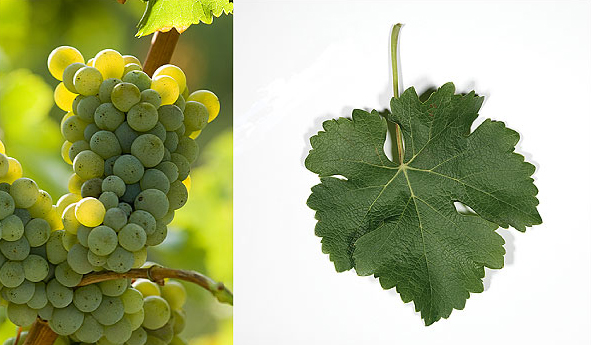
White Sauvignon
White grape with delicate skin. Produced under conditions of maximum preservation of oxygen, it reveals great power of tropical aromas, passion fruit and elegant vegetables such as boxwood. In the coldest areas the mineral notes reveal the best Sauvignon Blanc.
Gewürztraminer
Pink-skinned grapes although white wine is obtained. The grape itself already reveals its great potential for floral, pink notes. Wines of medium structure but of great aromatic intensity in which rose and very ripe fruit are found.
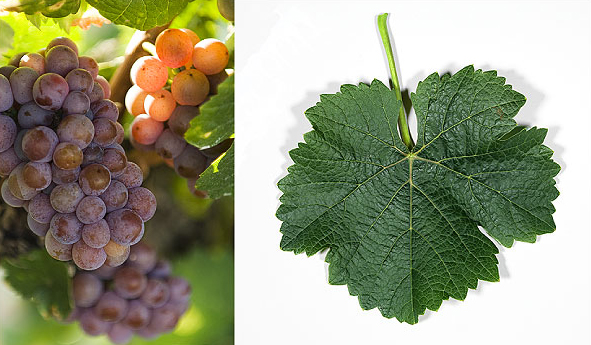
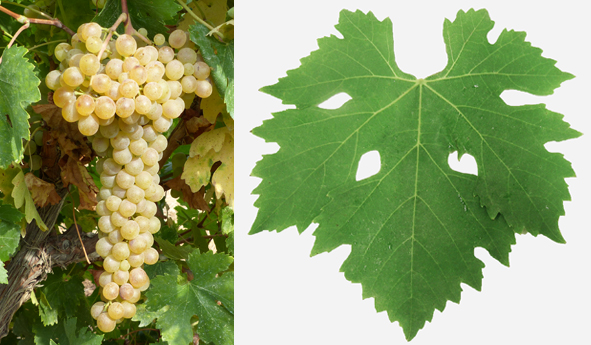
Malvasia
Malvasia is a white vine variety, although a black subvariety also exists. The malvasia grape is small and not very compact. The grain is large, tender and ovoid, very sweet and aromatic.
The wine made with this grape variety is also called malvasia, or malvasia wine, a white, sweet, fragrant and high-grade liqueur wine. In the Middle Ages it was supposed to have medicinal and tonic properties and it is mentioned in Tirant lo Blanc.
Red varieties
Mandó
Mandó is an almost forgotten red grape variety that is making a successful comeback. The wines made with this variety are surprising for their quality and personality. For this reason, a great effort is being made for its reintroduction by rescuing the few strains that have survived its abandonment. It gives considerably compact truncated drops of medium size. Its grains are small and spherical reaching maturity with a violet hue.
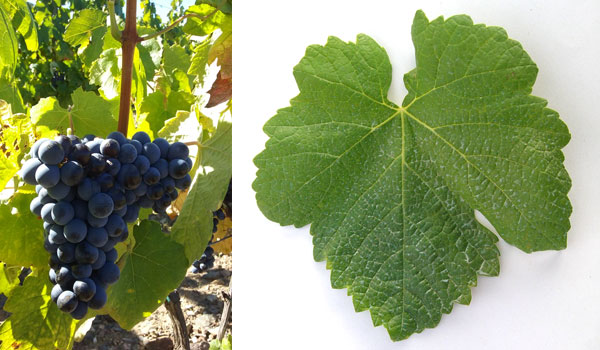
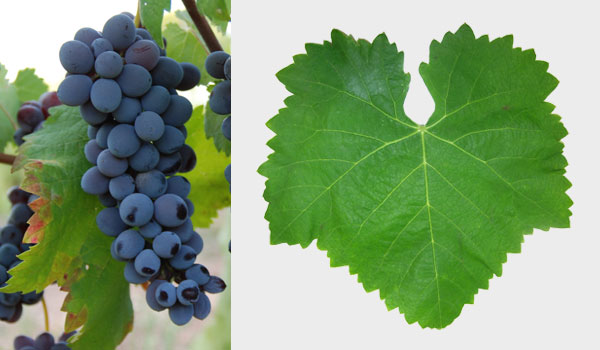
Sumoll
The most preserved indigenous black variety in the area. Medium cycle, large grapes and medium high production. It gives reds with little color but a lot of freshness and tannic structure, with a style of continental wines (that is, more similar to Pinots Noirs and Nebiolos than to Bordeaux varieties). With difficult maturing tannins, it has always been considered a good variety for the production of rosé wines.
Red Picapoll
Not compact black grapes with small, spherical, very tasty grains and very thin and tender skin. The wine made with black picapoll grapes, is pale in color, with a high alcohol content and an intense aroma.
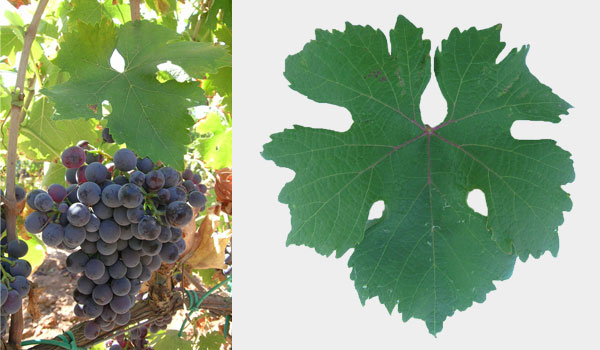
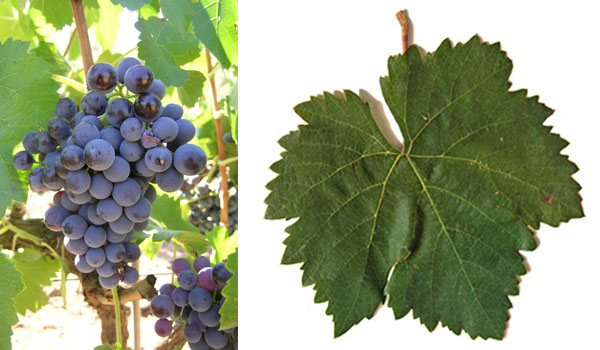
Red Garnatxa
Medium-cycle variety, with large grain and generally maturing with little color. Only the very old vines manage to concentrate on well-drained and sunny land. Great value for providing sensations of sweetness and lots of aromatic freshness (raspberries and even strawberries). Full maturation with high alcohol content and good acidity ratio.
Merlot
Outside of Bordeaux, in cold areas such as Bages, this is where this short-cycle variety ripens with the first cold weather. This gives it a lot of elegance compared to warmer areas. Without falling into the greenness of the tannins or the aromatic overripeness. In the middle term is where there are the large areas of fresh merlots, with hints of redcurrant and a background of cocoa.
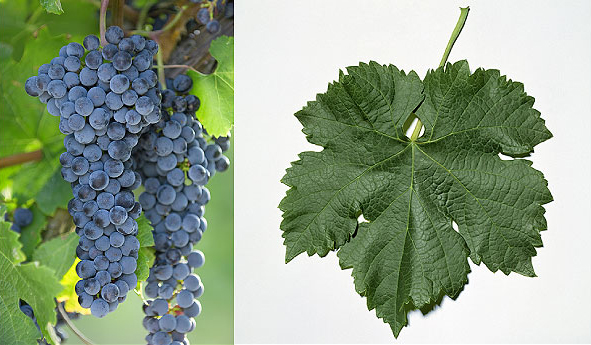
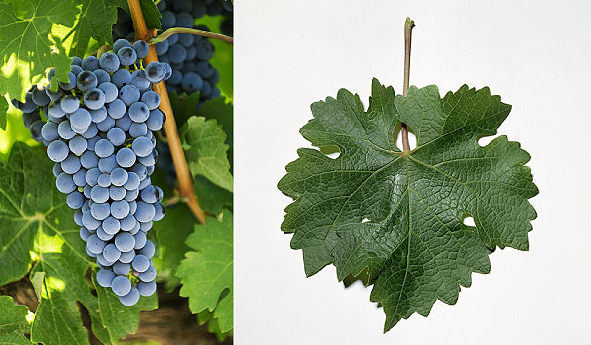
Cabernet sauvignon
Possibly the best adapted grape worldwide, due to its long cycle. The long maturations in the autumn in a cold area (harvests at the end of October in our area) respect the acidity and the varietal profile (black cherry and black fruit), allowing to eliminate its vegetal aromas (green pepper) and giving creaminess to the tannins that give it great structure.
Ull de llebre
A large grain black variety, the vine has a tendency to be productive when young and as it ages it reduces its production and improves its ripening. In the area, it brings lightness, floral aromas, licorice and red fruit, which give freshness to mid-aged wines.
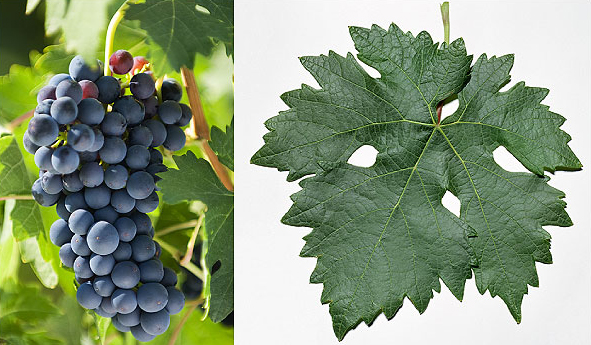
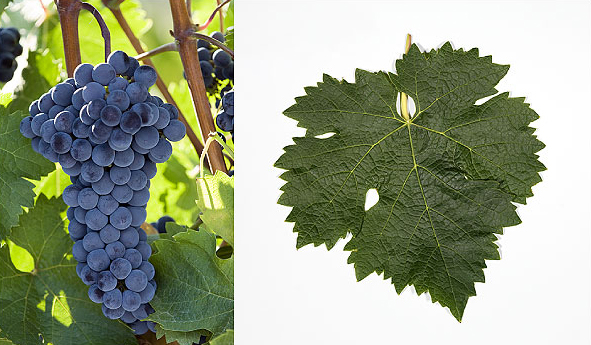
Cabernet franc
Slightly more mature than Cabernet Sauvignon, still a late variety. Natural tendency to balance the production due to the poor curd of the grapes, which naturally reduces the load. Gives wines with great structure and color, highlighting notes of toffee on forest fruits.
Syrah
Big grain grapes but with great pigmentation. Despite having a very delicate skin, the long ripening until October respects the characteristics of violet and olive. These aromas, together with the great structure and at the same time softness in the mouth, make it a variety that is very appreciated for blends.
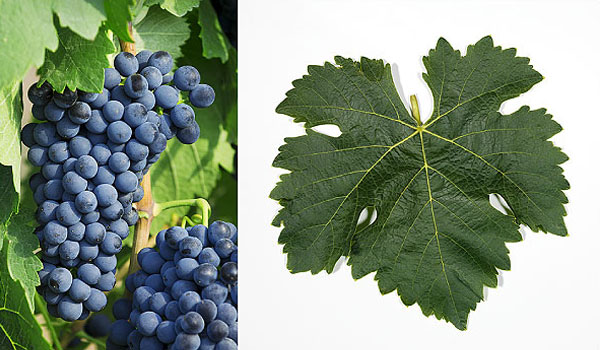

Carinyena
Late variety of large and compact grapes, with spherical berries of strong blue to black color, with skin of medium thickness. It has a high productive capacity. It gives red wines with a strong color and astringency, due to the concentration of anthocyanins and tannins.
